Bowling is a timeless sport enjoyed by millions around the world. Whether you’re a casual player or aspiring to join a league, understanding how to keep score in bowling is essential. Not only does it help you track your progress, but it also adds a competitive edge to your game. In this simple bowling scoring guide for beginners, we will delve into the intricacies of scoring in bowling, providing you with the knowledge to keep score accurately and elevate your bowling experience.
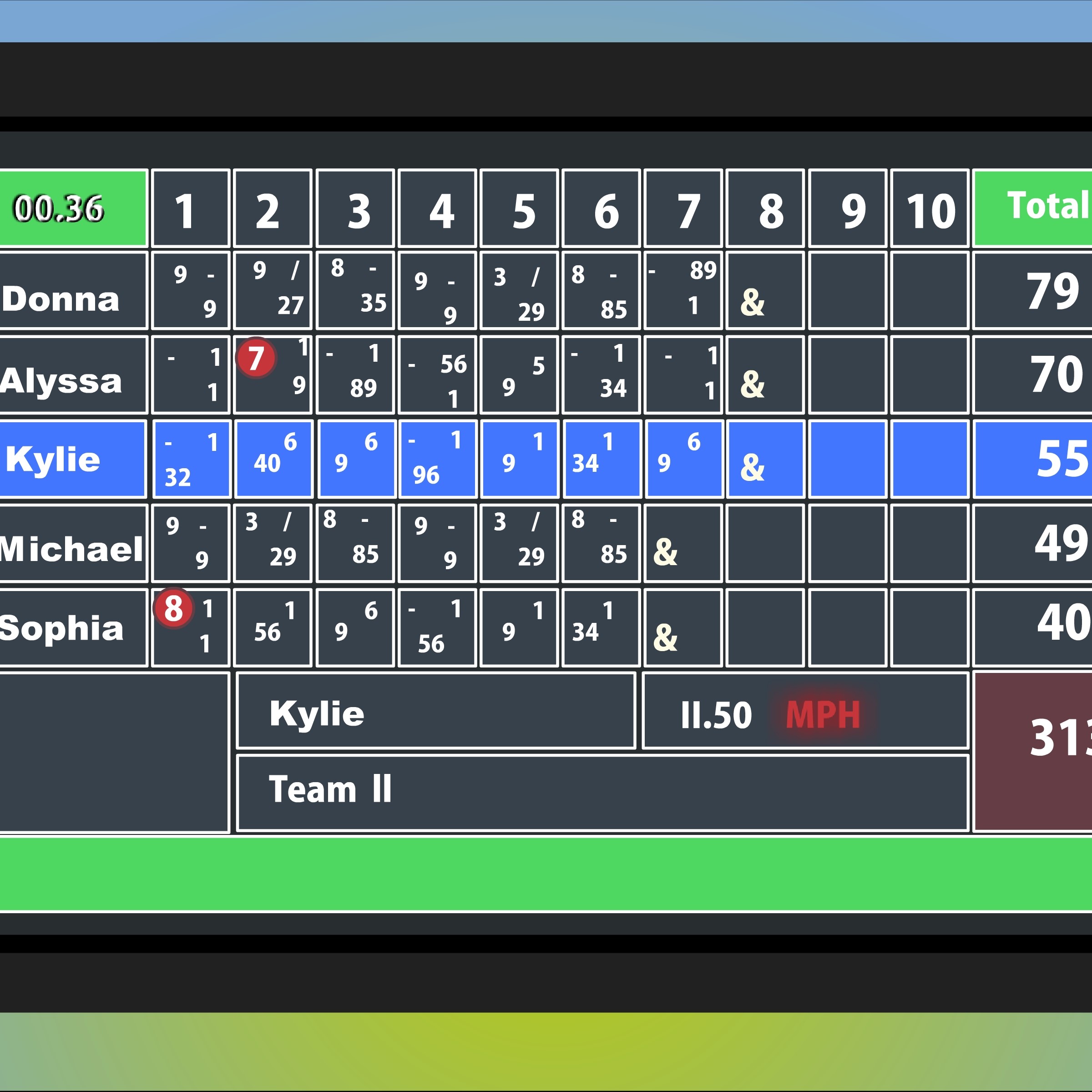 Understanding the Basics of Bowling Scoring
Understanding the Basics of Bowling Scoring
Before diving into the specifics, it’s crucial to grasp the fundamental concepts of bowling scoring. Bowling typically consists of ten frames per game, with each frame allowing you two attempts to knock down ten pins. The primary goal is to score as many points as possible by knocking down pins efficiently. Let’s explore the basic scoring system in detail.
The Frame Structure
Each game of bowling is divided into ten frames. In frames 1 through 9, you have two chances to knock down all ten pins. In the tenth and final frame, you may receive a third attempt if you score a strike or a spare. Understanding this structure is the first step in learning how to keep score in bowling.
Scoring Pins and Points
In bowling, each pin knocked down earns one point. However, scoring becomes more complex when you achieve a strike or a spare. These achievements grant additional points, enhancing your overall score.
Strikes
A strike occurs when you knock down all ten pins on your first attempt in a frame. When you score a strike, you earn ten points plus the total number of pins you knock down in your next two rolls. For example, if you score a strike and then knock down 7 and 2 pins in your subsequent rolls, your strike frame scores 19 points (10 + 7 + 2).
Spares
A spare is achieved when you knock down all ten pins using both attempts in a frame. When you score a spare, you earn ten points plus the number of pins you knock down in your next roll. For instance, if you score a spare and then knock down 8 pins in your next roll, your spare frame scores 18 points (10 + 8).
Open Frames
An open frame occurs when you fail to knock down all ten pins after both attempts in a frame. In this case, you simply add the number of pins knocked down to your total score without any additional bonuses.
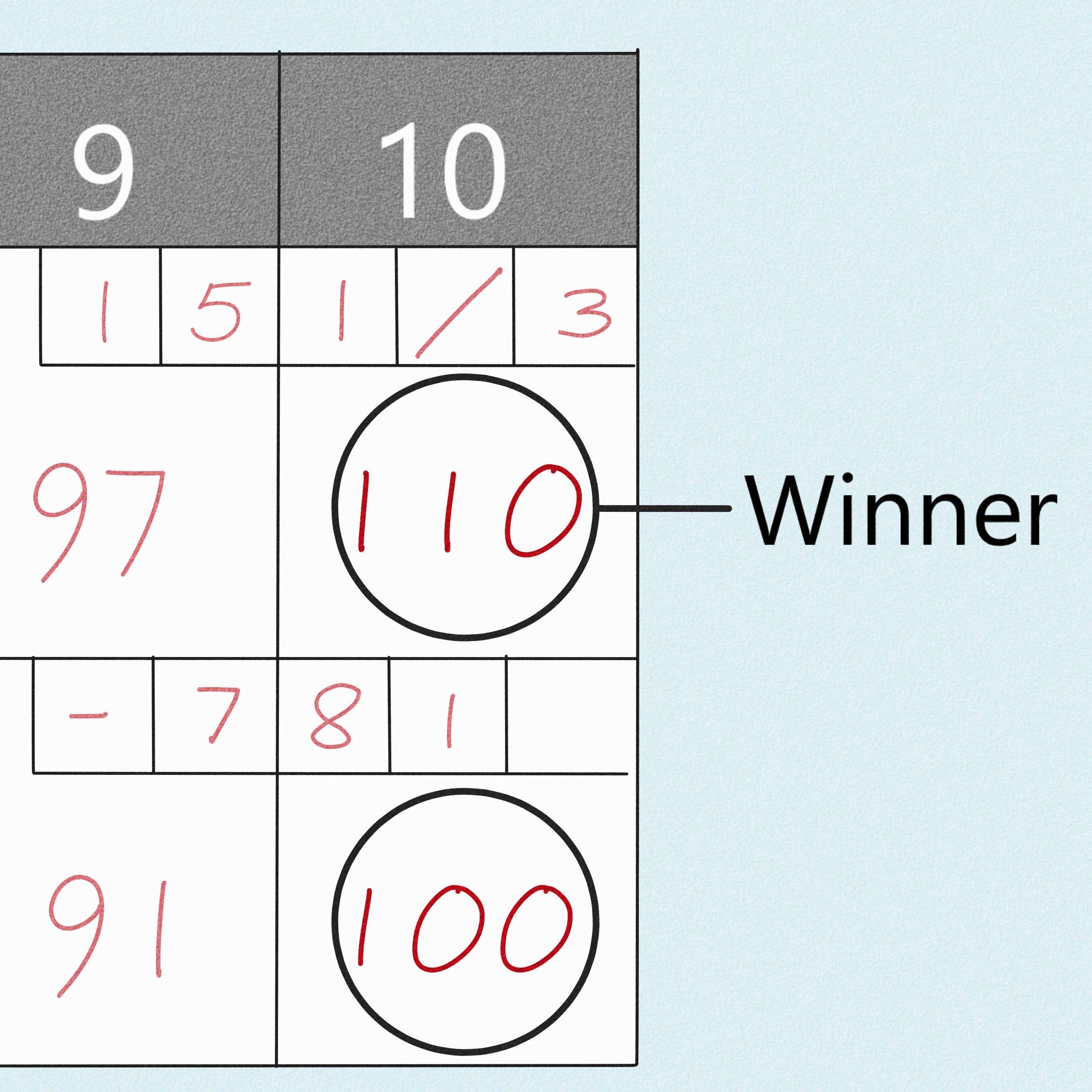 Keeping Score: Step-by-Step Guide
Keeping Score: Step-by-Step Guide
Now that you understand the basic concepts, let’s walk through the process of keeping score in bowling. This step-by-step guide will help you maintain an accurate scorecard throughout your game.
Step 1: Set Up Your Scorecard
Start by setting up your scorecard with ten columns, each representing a frame. Label them from 1 to 10, and ensure you have space to record both rolls in each frame.
Step 2: Record Your First Roll
After your first roll in a frame, record the number of pins you knocked down in the first space of the corresponding frame. If you knock down all ten pins, mark it as an “X” to denote a strike.
Step 3: Record Your Second Roll
If you didn’t score a strike, proceed to your second roll. Record the number of pins knocked down in the second space of the same frame. If the total pins knocked down in both rolls equal ten, mark it as a “/” to indicate a spare.
Step 4: Calculate the Frame Score
- Strike: Add ten points plus the total of your next two rolls.
- Spare: Add ten points plus the number of pins knocked down in your next roll.
- Open Frame: Add the total number of pins knocked down in both rolls of the frame.
Step 5: Move to the Next Frame
After scoring a frame, move to the next column and repeat the process until you complete all ten frames.
Enhancing Accuracy with Bowling Score Apps
While traditional scorecards work well, using a bowling score app can significantly enhance your ability to keep score accurately. These apps automate the calculation process, reducing the chances of human error and allowing you to focus more on your game.
Benefits of Using Score Apps
- Efficiency: Quickly input your scores without manually calculating bonuses.
- Accuracy: Eliminate the risk of calculation mistakes.
- Convenience: Access your score history and track your progress over time.
Recommended Bowling Score Apps
Consider using popular bowling score apps such as “Bowling Score Keeper” or “Bowling Companion” to streamline your scoring process. These apps offer user-friendly interfaces and additional features to enhance your bowling experience.
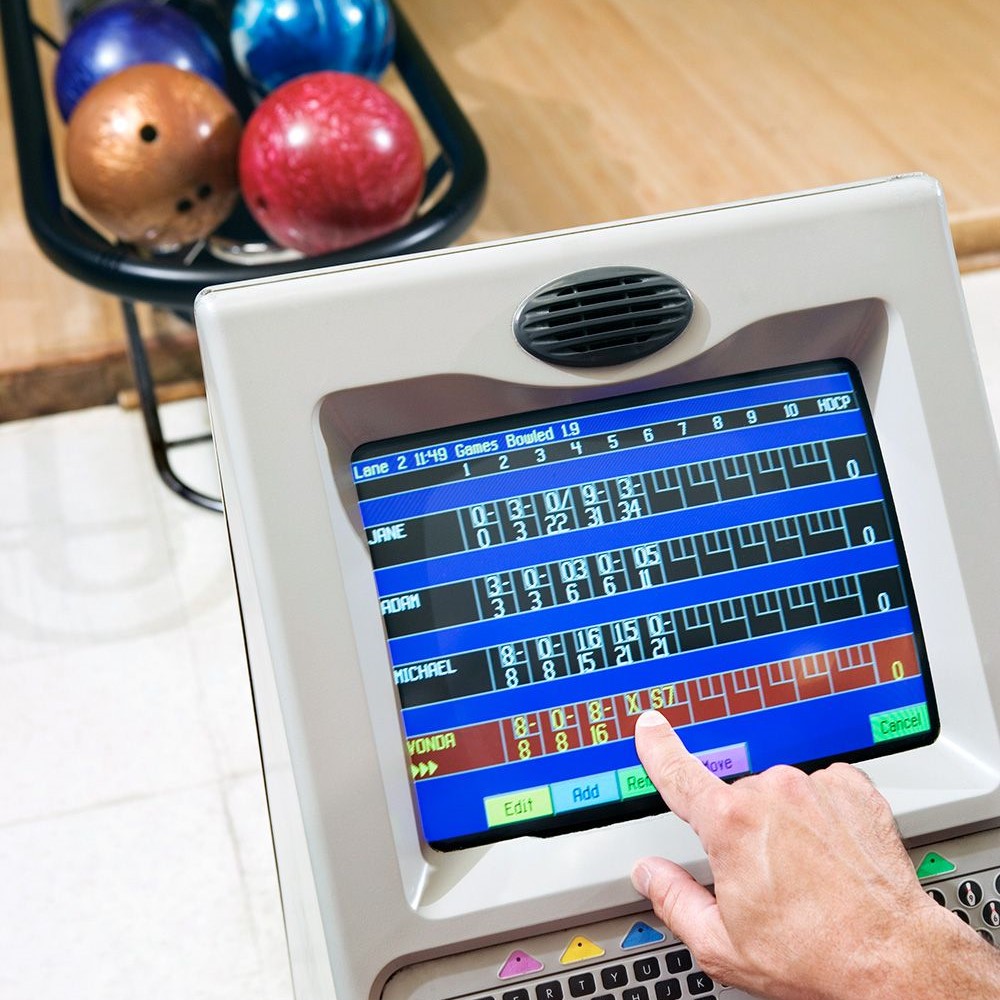 Common Mistakes to Avoid When Keeping Score
Common Mistakes to Avoid When Keeping Score
Keeping score in bowling can be straightforward, but several common mistakes can lead to inaccurate scores. Being aware of these pitfalls will help you maintain an accurate score throughout your game.
Miscounting Pins
One of the most frequent errors is miscounting the number of pins knocked down. Always double-check your count after each roll to ensure accuracy.
Forgetting Bonus Points
Strikes and spares require additional points from subsequent rolls. Make sure to add these bonus points correctly to your frame scores.
Skipping Frames
It’s easy to lose track of which frame you’re on, especially during a competitive game. Stay focused and methodically move through each frame to avoid skipping any.
Incorrect Markings
Using the wrong symbols (e.g., marking a spare as a strike) can lead to incorrect score calculations. Familiarize yourself with the proper symbols and ensure you use them correctly.
Tips to Improve Your Bowling Scorekeeping
Enhancing your scorekeeping skills can lead to better game management and a more enjoyable bowling experience. Here are some practical tips to help you improve.
Stay Organized
Keep your scorecard neat and organized. Clear, legible entries prevent confusion and ensure accuracy when calculating your total score.
Practice Regularly
Like any skill, practice makes perfect. Regularly practice keeping score, even during casual games, to build your confidence and accuracy.
Use a Consistent Method
Develop a consistent method for recording your scores. Whether you prefer writing numerically or using symbols, consistency ensures you always know your score at a glance.
Review Your Scorecard
Periodically review your scorecard during the game to catch any errors early. This proactive approach helps maintain an accurate score throughout the match.
Learn From Experienced Bowlers
Observe how seasoned bowlers keep score and adopt their strategies. Learning from others can provide valuable insights and improve your own scorekeeping techniques.
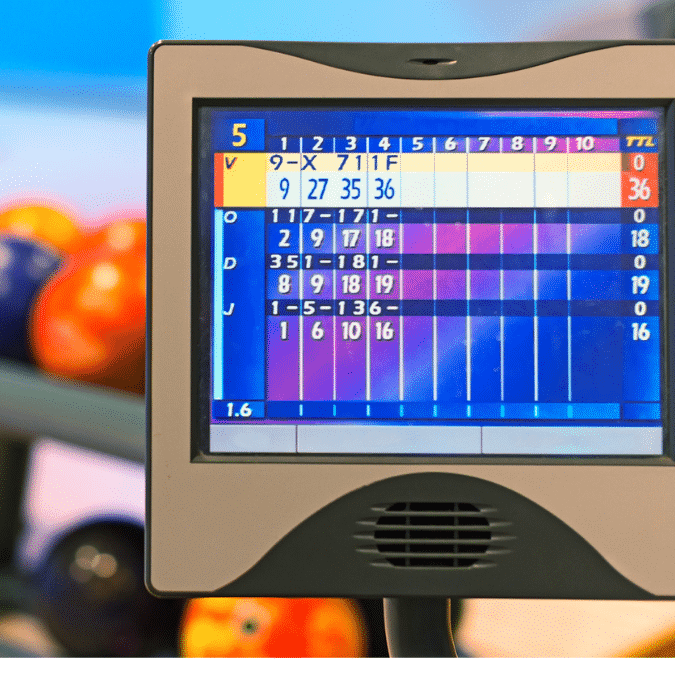 Advanced Scoring Techniques
Advanced Scoring Techniques
For those looking to take their bowling scorekeeping to the next level, advanced techniques can offer deeper insights into your game. These methods can help analyze patterns, identify strengths, and pinpoint areas for improvement.
Analyzing Strike and Spare Patterns
Track the frequency and consistency of your strikes and spares. Understanding these patterns can help you develop strategies to improve your accuracy and overall score.
Calculating Average Scores
Calculate your average score over multiple games to gauge your performance. An average score provides a benchmark to measure your progress and set future goals.
Identifying Weak Frames
Identify frames where you consistently score lower. Focusing on these areas can help you address specific weaknesses and enhance your overall game.
Bowling Score Sheets: Traditional vs. Digital
Choosing between traditional score sheets and digital scorekeeping methods depends on your personal preference and the level of convenience you seek. Let’s compare the two options to help you decide which suits you best.
Traditional Score Sheets
Traditional score sheets offer a tangible way to record and track your scores. They are simple to use and don’t require any technology, making them ideal for those who prefer a classic approach.
Advantages
- Simplicity: Easy to use with no need for electronic devices.
- Reliability: No risk of technical glitches or battery issues.
- Accessibility: Available in any bowling alley or can be printed at home.
Disadvantages
- Manual Calculation: Requires you to calculate bonus points and totals yourself.
- Limited Features: Lacks the advanced features of digital scorekeeping.
Digital Scorekeeping
Digital scorekeeping involves using apps or electronic scoreboards to track your scores. This method offers numerous benefits, especially for frequent bowlers and those participating in leagues.
Advantages
- Automation: Automatically calculates bonus points and totals, reducing errors.
- Features: Offers additional functionalities like score history, statistics, and performance tracking.
- Convenience: Easily accessible on smartphones and tablets.
Disadvantages
- Dependence on Technology: Requires a compatible device and may be affected by technical issues.
- Learning Curve: May take some time to get used to for those unfamiliar with digital tools.
The Importance of Accurate Scorekeeping in Bowling
Accurate scorekeeping in bowling is more than just tracking your performance; it plays a crucial role in your overall bowling experience. Here’s why maintaining precise scores is essential.
Enhancing Competitive Edge
Accurate scores allow you to compete fairly against others. Whether you’re playing a friendly match or participating in a league, knowing your exact score ensures a fair and enjoyable competition.
Tracking Progress
Keeping precise scores helps you monitor your improvement over time. By analyzing your scores, you can identify trends, set goals, and focus on areas needing enhancement.
Improving Game Strategy
Understanding your scoring patterns can inform your game strategy. For example, if you frequently score strikes in certain frames, you might focus more on those during practice sessions.
Building Confidence
Accurate scorekeeping fosters a sense of achievement and boosts your confidence. Seeing consistent improvements in your scores can motivate you to continue refining your skills.
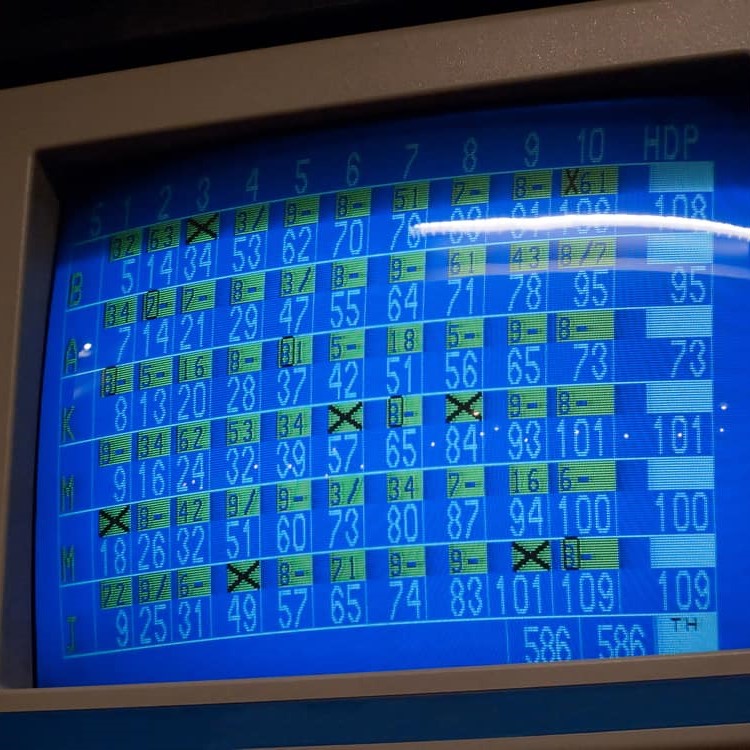 Frequently Asked Questions (FAQ)
Frequently Asked Questions (FAQ)
How do I calculate a strike in bowling?
A strike is calculated by adding ten points plus the total number of pins knocked down in your next two rolls. For example, if you score a strike and then knock down 7 and 2 pins in the next rolls, your strike frame scores 19 points (10 + 7 + 2).
What is the difference between a strike and a spare?
A strike occurs when you knock down all ten pins on your first attempt in a frame, while a spare happens when you knock down all ten pins using both attempts in the same frame. Strikes earn bonuses from the next two rolls, whereas spares earn a bonus from the next roll only.
Can I use a calculator to keep score in bowling?
Yes, you can use a calculator to help keep score in bowling, especially if you’re new to the game. However, using a scorekeeping app or traditional scorecard is generally more efficient and less prone to errors.
What happens in the tenth frame of bowling?
In the tenth frame, if you score a strike or a spare, you are awarded additional rolls. A strike grants you two extra rolls, while a spare grants one extra roll. These additional rolls help calculate your final score accurately.
Is there a maximum score in bowling?
The maximum score in bowling is 300, achieved by scoring twelve consecutive strikes. This perfect game requires exceptional skill and consistency throughout all ten frames.
How can I improve my bowling score?
To improve your bowling score, focus on consistent practice, accurate scorekeeping, and analyzing your performance. Additionally, consider using bowling score apps and seeking advice from experienced bowlers to enhance your technique and strategy.
Final Thoughts on How to Keep Score in Bowling
How bowling scoring works step by step? Mastering how to keep score in bowling is a fundamental skill that enhances your enjoyment and performance in the game. By understanding the scoring system, avoiding common mistakes, and utilizing effective scorekeeping methods, you can elevate your bowling experience. Whether you choose traditional scorecards or digital apps, maintaining an accurate score is crucial for tracking your progress and competing fairly. Embrace these strategies, practice regularly, and watch your bowling skills and scores improve steadily.
Remember, bowling is not just about knocking down pins but also about understanding the game’s nuances, including how to keep score. With this comprehensive guide, you’re well-equipped to keep score confidently and focus on what truly matters – enjoying the game and striving for your personal best. So next time you hit the lanes, you’ll be ready to keep score in bowling like a pro!